Broken Heart Plant
₹300.00 Original price was: ₹300.00.₹240.00Current price is: ₹240.00.
(MRP Inclusive of all taxes)
- Dispatch in 8-10 days
- Country of origin: India
About the Product
One of the most popular houseplants, and our all-time bestseller, this easy-growing plant with its heart-shaped leaves is loved for its beautiful fenestration. Quick to grow with delicate trailing vines that can be styled for every space, the Philodendron broken heart is the Monstera charm you want to add to your home if you don’t have the space for the huge Monstera. Scientifically known as the Monstera adansonii, this broken heart plant thrives indoors in bright indirect light and with very little care.
Benefits of the Broken Heart Plant:
The Broken Heart Plant isn’t just a visually appealing addition to your indoor garden; it also offers several benefits that make it a popular choice among plant enthusiasts:
Air Purification:
Like many other Indoor Plants, the Broken Heart Plant is an excellent air-purifying plant. It helps remove common indoor pollutants, such as formaldehyde and benzene, improving the air quality in your home.
Stress Reduction:
The presence of greenery and the act of nurturing a living thing can have a calming effect on your mind, reducing stress and promoting a sense of well-being.
Symbolism:
The name “Broken Heart Plant” is a reflection of its unique flower shape, which resembles a broken heart. Many people find solace in the plant’s symbolism, using it as a therapeutic reminder of emotional healing and resilience through plants.
Where to Keep Your Broken Heart Plant :
Choosing the right location for your Broken Heart Plant is crucial for its well-being. This plant thrives in bright, indirect light, making it an ideal choice for spaces with filtered sunlight. Place it near a north or east-facing window, ensuring it receives gentle sunlight without direct exposure. Avoid harsh, direct sunlight, as it can scorch the leaves. Additionally, maintain a consistent temperature range of 65-75°F (18-24°C) to keep your Broken Heart Plant comfortable.
Care Tips for Your Broken Heart Plant :
1. Light:
Place your Broken Heart Plant in bright, indirect sunlight. It prefers filtered light and should be shielded from direct sun to prevent leaf damage.
2. Temperature:
Keep your plant in a consistent indoor temperature range of 65-75°F (18-24°C). Avoid exposure to drafts or extreme temperature fluctuations.
3. Watering:
Allow the top inch of soil to dry out between watering. Water your plant thoroughly, ensuring excess water drains away. Empty the saucer beneath the pot to prevent water-logging.
4. Humidity:
The Broken Heart Plant thrives in higher humidity levels. Mist the leaves regularly or use a humidity tray to maintain moisture around the plant.
5. Fertilization:
Feed your plant with a balanced, water-soluble fertilizer every 4-6 weeks during the growing season (spring and summer). Reduce fertilization in the fall and winter when growth slows.
6. Pruning:
Trim leggy or damaged stems to encourage bushier growth. Pruning is best done after the plant finishes flowering.
7. Re-potting:
Re-pot your Broken Heart Plant every 2-3 years or when it outgrows its current pot. Use well-draining potting soil and choose a slightly larger container.
8. Support:
Provide a trellis or stakes for support as the plant grows. This helps it maintain an upright, tidy appearance.
9. Pests:
Keep an eye out for common houseplant pests like aphids or mealybugs. If you notice any, treat them promptly with insecticidal soap or neem oil.
The Importance of the Broken Heart Plant:
The Broken Heart Plant transcends its role as a houseplant. It serves as a powerful reminder of emotional healing and resilience through plants. Many individuals find solace in nurturing this plant, as it symbolizes the mending of a broken heart. Its vibrant red and white flowers, combined with its lush green leaves, create a visual representation of beauty emerging from adversity. Incorporating the Broken Heart Plant into your home not only enhances its aesthetic appeal but also offers a daily source of inspiration and hope.
Be the first to review “Broken Heart Plant” Cancel reply
Related products
Indoor Foliage Plant
Indoor Creepers & Ferns
Indoor Foliage Plant
Croton Variegatum Duck Foot, Tishul Croton, Codiaeum Variegatum Duck Foot – Plant
Indoor Cactus & Succulents
Indoor Foliage Plant
Indoor Herbs & Edibles
Indoor Creepers & Ferns
Air Purifying Plants
Sansevieria trifasciata, Snake Plant (var. laurentii) – Plant


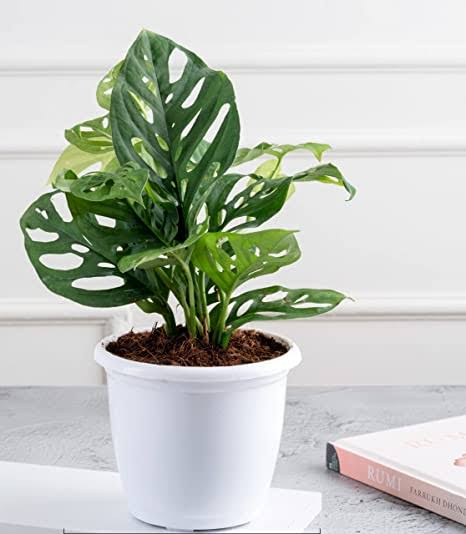
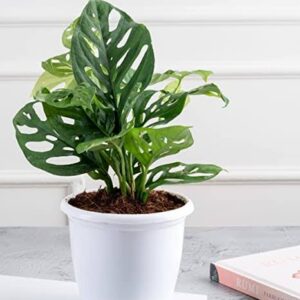

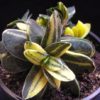
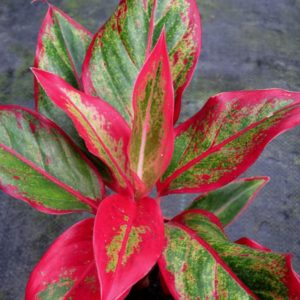
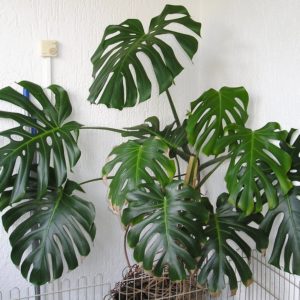
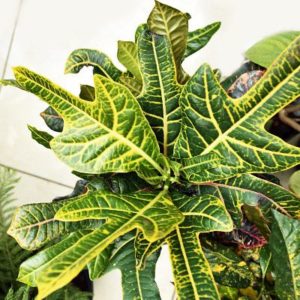
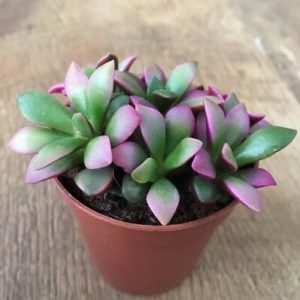
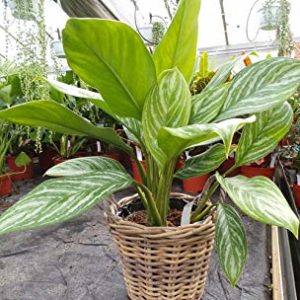
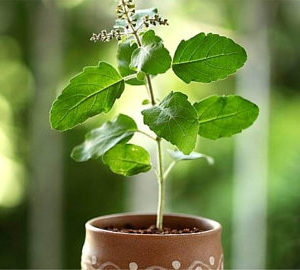
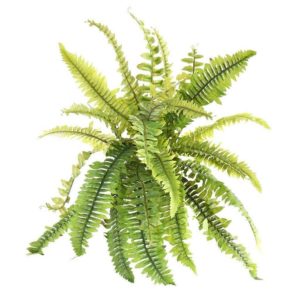
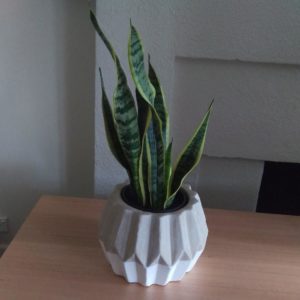
Reviews
There are no reviews yet.